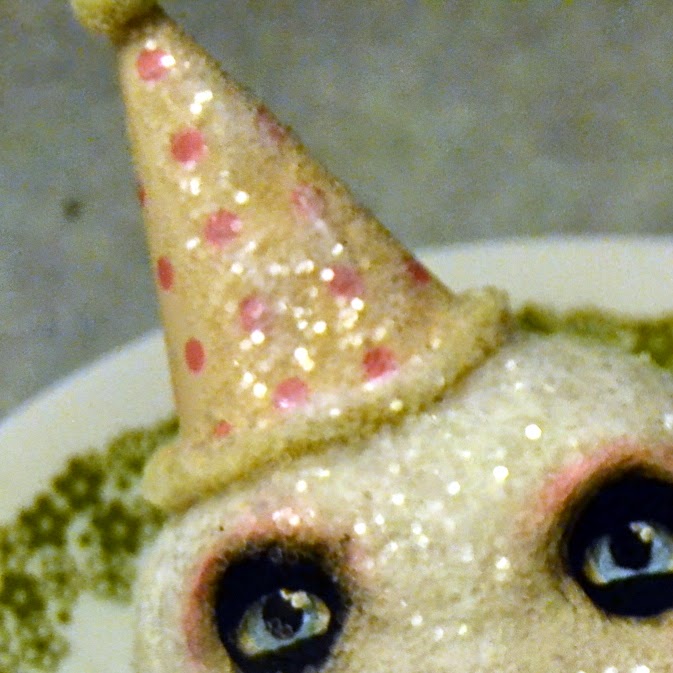It's Donna from Memes Art Place. Thanks for joining me today!
Do you want to build a snowman?

That's is what I am sharing with you today!
Let's get started.............
Start with some Styrofoam shapes to make your snowman. You could also use tin foil.
I use a dowel to stick into the Styrofoam and into the wood. So drill a hole into your base and stick the dowel into the base adding some glue to the hole.
Roll out your Creative Paperclay® and wrap around your Styrofoam.
Smooth out your Creative Paperclay® with plenty of water.
Form your nose and add a toothpick and insert onto the face of the snowman.
I use these bendy strips for the arms.
Form you arms and attach to the snowman.
Let dry. I let this dry for a couple days.
Then sand.
I put a coat of Gesso on before I start to paint. Let dry and then paint your snowman as you like.
I use acrylic paints and a vanish when paints are dry.
I decided the snowman needed a wool scarf. I look for old wool sweaters at thrift stores and bring them home and wash them in hot water and dry them. I can then cut them without them unraveling.
I think he turned out pretty cute!
He would make a GREAT gift...or would be great for your holiday display!
He was easy to make and you will have fun playing with the Creative Paperclay®!
Thanks for joining me today and I hope you will be back soon to see what the rest of the team has for you!












































